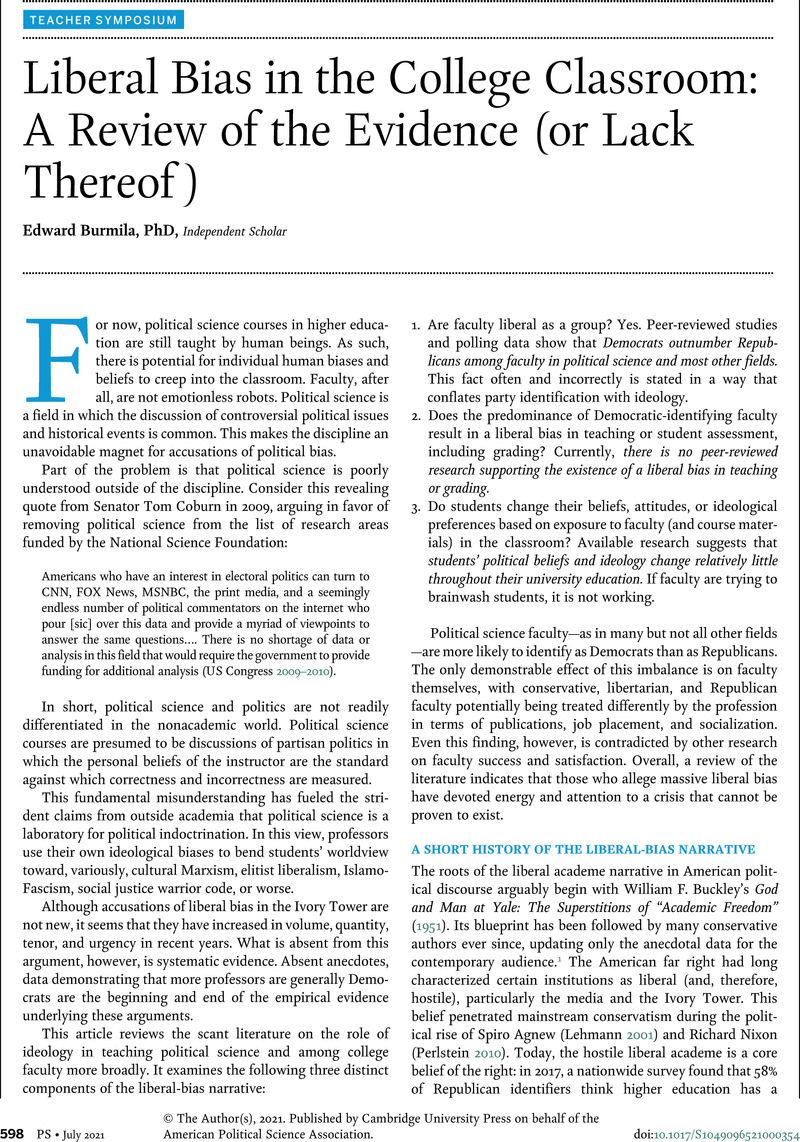Crossref Citations
This article has been cited by the following publications. This list is generated based on data provided by Crossref.
Metzgar, Matthew
and
McGowan, Mary Jo
2022.
Viewpoint Diversity at UNC Charlotte.
Acta Educationis Generalis,
Vol. 12,
Issue. 3,
p.
1.
Morelock, Jeremiah
Michelotti, Andressa
and
Uyen, Ly Hoang Minh
2024.
Vaccine Hesitancy and Attitudes Toward Elite Knowledge in the United States During COVID-19.
Critical Sociology,
Vol. 50,
Issue. 2,
p.
317.





